Active Sun
The state of the sun when it has many center of activity-sunspots, prominences, flares, and other phenomena.
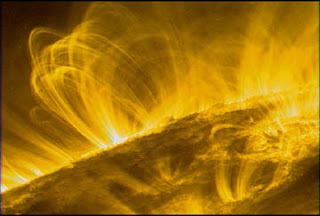
Accretion
The process in which star, planet, or other object gain mass by sweeping up surrounding gas or matter.
A disk of matter surrounding a star or black hole, formed of matter pulled in toward the object by its gravity.
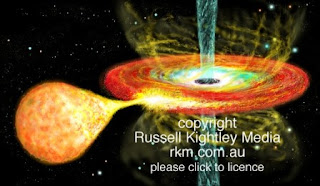
Albedo
The reflecting power of a body. The fraction of the incident light that a body reflect.
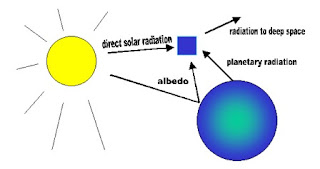
Altitude
The angular distance above the horizon of a celestial body measured along its vertical circle.
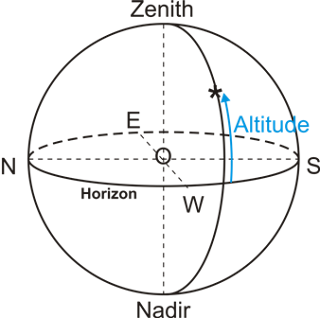
Angular diameter
The angle subtended by the diameter of a body.

Annular Eclipse
A solar eclipse in which the sun's apparent disk is larger than the moon's apparent disk so that a ring (the sun's disk) appears to surround the moon.
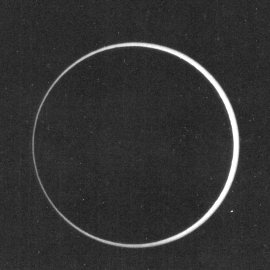
Aperture
The diameter of the objective lens or mirror of a telescope.
Aphelion
The point in the elliptical orbit of a planet or comet at which the body is at its greatest distance from the sun.
Apogee
The point in the elliptical orbit of the moon or artificial satellite at which the body is at greatest distance from the earth.
Apparent magnitude
A measure of the visual brigthness of a celestial body as observed from the earth.
Apparent noon
The time when the sun's center is on the observer meridian.
Apparent solar day
The period between two successive transits of the sun's center across the observer's meridian.
Apparent sun
The true sun.
Appulse
A penumbral lunar eclipse.
Ascending node
The point in the orbit of a celestial body at which it crosses the references plane-either the ecliptic or the celestial equator-from south to north.
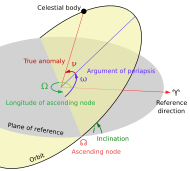
Association
A loose cluster of stars with physical characteristics that indicate a common origin.
Asteroid
A small body whose orbital path around the sun is usually between the orbit of Mars and Jupiter. A synonim for a minor planet or planetoid.
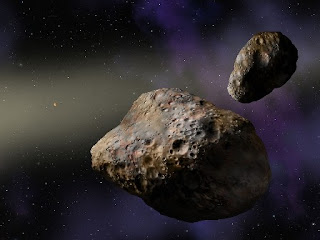
Astrology
The pseudoscience that claims there is an influence of a celestial bodies on human affairs and that allegedly foretells terestial events by the positions of the stars and planets.
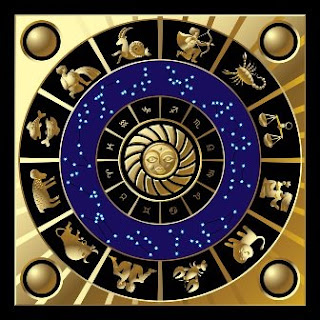
Astronomy
The science that discribes the celestial bodies according to their location, sizes, motions, constitutions, and evolution.
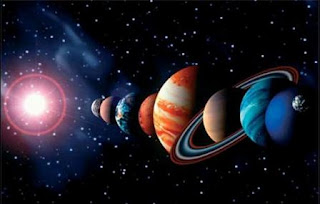
Astronomical unit
A unit of length defined by international agreement as the mean distance at he earth from the sun. Its value is about 93,000,000 miles, and its symbol is a.u.
Astrophysics
A branch of astronomy in which the method, tools, laws, and theories of physics are applied to the study of celestial bodies.
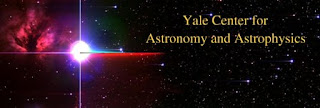
Aurora
The beautiful streamers of ligth visible in the arctic region, produced when solar particles interact with atmospherics gases. Aurora borealis are the nothern lights, and Aurora australis are the southern ligths.
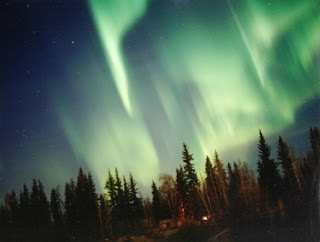
Autumnal equinox
The intersection of the celestial equator and the ecliptic at the point where the sun crosses from north to south. Autumn begins when the sun reaches the autumnal equinox.
Azimuth
The angle measured from the north point, eastward along the horizon to the vertical circle that passes through the celestial body.



